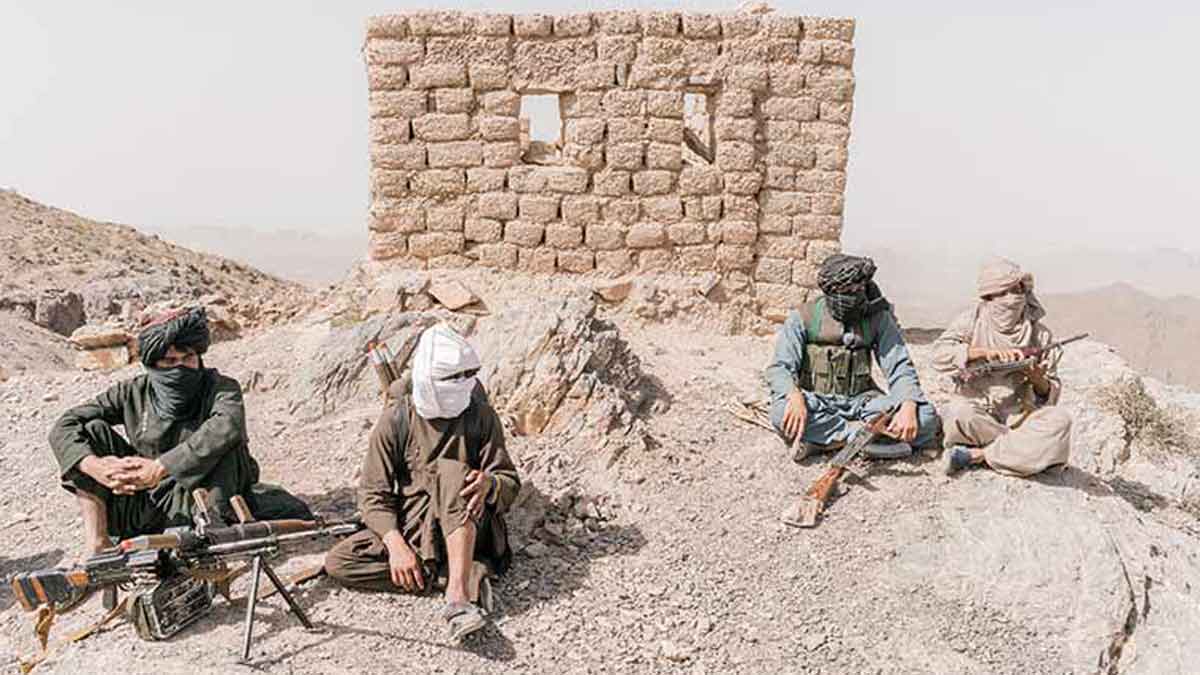From Soviet trap to US exit: The full circle in Afghanistan
 Representational image
Representational image
The first thing to understand about the Taliban—“student” in the Pushto language—is that it originated not in Afghanistan, but in northern Pakistan and gathered support after the Soviet troops withdrew from Afghanistan in 1989. It was Saudi Arabia that funded the Taliban as part of the US-led campaign to liberate Soviet-occupied Afghanistan.
If the Soviet troops had not come into Afghanistan in 1979, it is likely that the course of history for this rather unfortunate country might have been different. Why did the Soviet troops enter Afghanistan in December 1989?
To cut a long story short, the Soviet Union’s leader Leonid Brezhnev was tricked into sending troops to save the elected Communist government in Afghanistan as it faced revolts. It was not an invasion. The troops were sent upon request from the elected government.
The revolts were engineered by a secret CIA operation that was the brainchild of the then US president Jimmy Carter’s national security adviser Zbigniew Brzezinski who hailed from Poland and wanted to embroil the Soviet military in Afghanistan to promote Poland’s liberation from the Soviet Union. Carter authorised the operation on July 3, 1979, five months before the Soviet troops entered Afghanistan on December 24, 1979.
In fact, in 1979 on Christmas eve, Brzezinski sent a message to Carter congratulating him for giving the Soviets their ‘Vietnam’. All this, dear reader, you will not read in Encyclopedia Britannica.
The Taliban grabbed power in Afghanistan 1996. After 9/11 (2001) President George Bush as part of his ill-starred GWOT (Global War on Terrorism) invaded and occupied Afghanistan and rather naively tried to introduce the American style democracy in the country.
The ostensible reason given by Bush was the Taliban’s refusal to hand over Osama bin Laden, who had worked with America against the Soviets. Osama escaped and was later killed in Pakistan when Obama was president.
By 2021, America decided to withdraw, in frustration, after spending $ 2.313 trillion. The Taliban easily ousted the democratically elected government beholden to America and declared the establishment of the Islamic Emirate of Afghanistan not yet recognised internationally.
The Taliban introduced a harsh version of Islamic rule, denying women’s rights which shocked the international community.
Pakistan’s ISI (Interservice Intelligence) supported and guided the Taliban. However, relations between the two deteriorated partly because the Taliban found the ISI rather overbearing. The current army chief of Pakistan, General Asim Munir, has been blamed for mishandling the relations.
India withdrew its embassy fearing attack by elements acting under instructions from the ISI. Even after the Taliban repeatedly asked for the return of the embassy, New Delhi was slow to respond. Ten months after shutting down the embassy, India opened a technical mission. India was the biggest donor to Afghanistan when it was a democracy.
In marked contrast to India, China was quick to engage with the Taliban. The two countries exchanged ambassadors in 2023. Chinese companies have been active in mining and oil exploration.
NASA has assessed that Afghanistan has minerals worth $1 trillion: lithium, copper, iron, and rare earth elements. Lithium is in Ghazni province, from where Mahmud of Ghazni came to raid and plunder India. A Chinese company named Gochin is likely to invest $10 billion in Ghazni.
China is keen to ensure that the Uyghur rebels do not get any help from Afghanistan. It has plans to expand the China-Pakistan- Economic Corridor to include Afghanistan.
Recently, India has shown keenness to engage with the Taliban in the context of the crisis in relations between India and Pakistan. Better late than never.
Looking back, it is indeed strange that after gifting the Soviet Union ‘a Vietnam’ in 1979, America should gift itself another Vietnam 22 years later. In short, human beings never, or rather seldom, learn from history, the only lesson it teaches us.
The author is is former Ambassador to Iran and Qatar
Middle East